The longest river in the northwestern part of North America is the Yukon River, which extends almost 2000 miles from its origin in northern British Columbia through the Yukon and Alaska, and into the Bering Sea. It's the third longest river in North America in one of the most remote and undeveloped regions on the continent. Towns are small and few in number, and individual homes are rare.
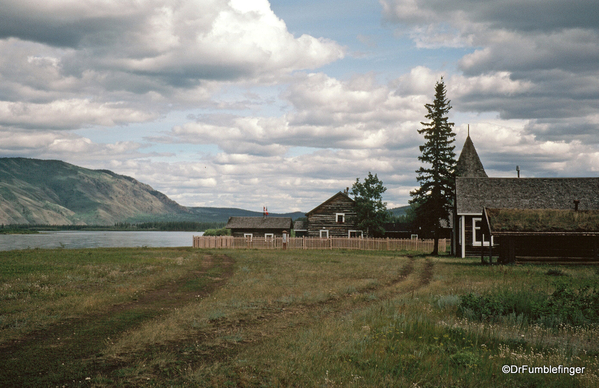
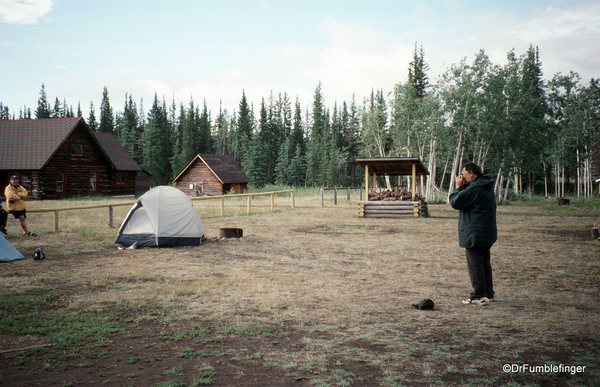
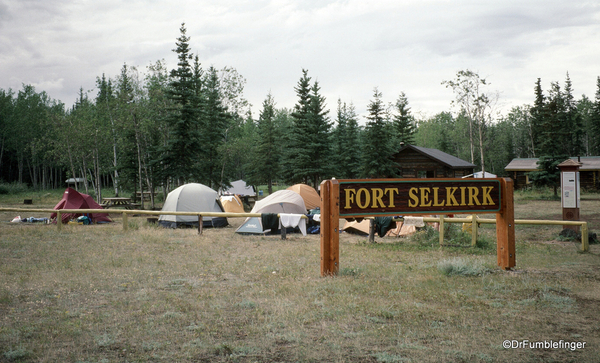 (Our group campsite at Fort Selkirk)
(Our group campsite at Fort Selkirk)
During the Klondike Gold Rush, the Yukon River was the principle route of access for those hoping to make their fortune in the Klondike gold fields. In later years, the river was navigated by many paddle-wheel riverboats that traveled between Whitehorse and Dawson. The completion of the Klondike Highway between these two towns marked the end to the riverboats, and river traffic to this day has largely disappeared. We encountered very few paddlers or boaters in our hundreds of miles long journey on the Yukon River.
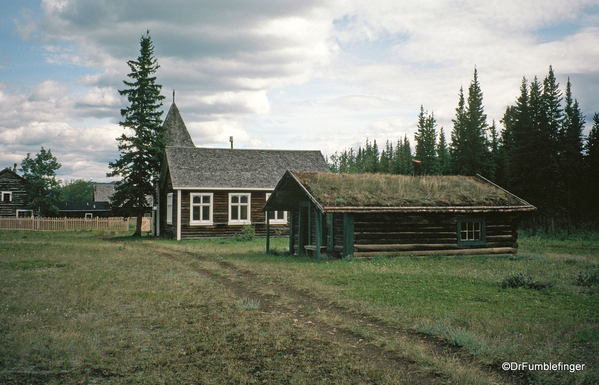
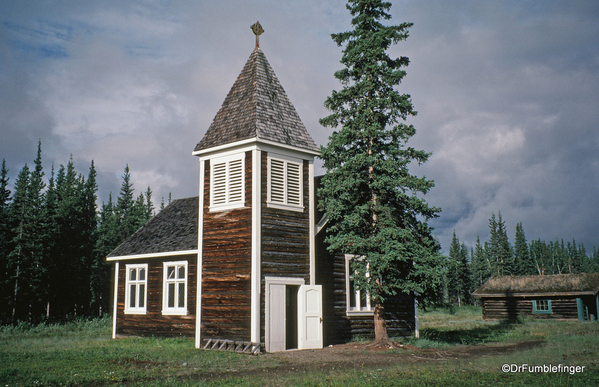
As a younger man (in Y2K) I spent a week canoeing part of the Yukon River (starting north of Whitehorse and ending in Dawson City). It was a fun and interesting week that I'll need to share in more detail someday. Today I wanted to focus on one specific aspect of that trip, namely a stop at Fort Selkirk, a historic site where we spent a day taking it easy and doing some exploring. Fort Selkirk is located at the confluence of the Yukon and Pelly Rivers, after which the diameter and flow of the Yukon is greatly increased.
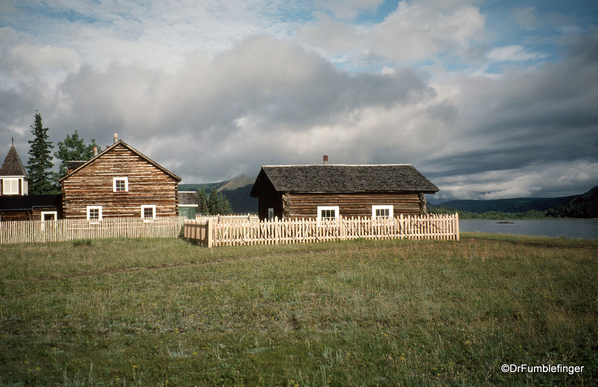
Fort Selkirk was a Hudson's Bay Company fur trading post and fort established in 1848 on the south side and relocated in 1851 to the river's north side. The post was attacked by Chilkat Tlingit natives in 1852 and was abandoned.
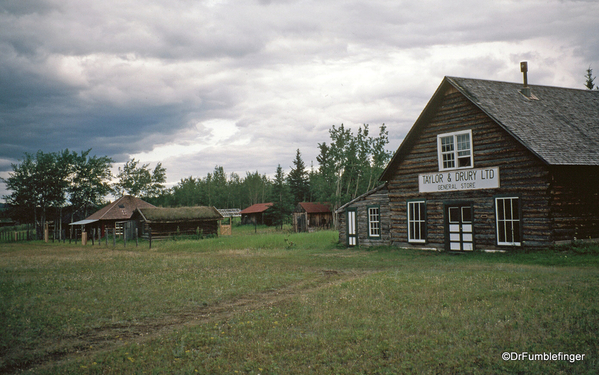
In 1898, during the Klondike Goldrush years, the North West Mounted Police (NWMP) established a small post in Fort Selkirk, one of several along the river to establish the presence of law & order in the region. The Mounties closed their operation here in 1911, but reestablished the post from 1932 to 1949. Fort Selkirk's store was reopened in the 1930s and operated until the early 1950s. Local residents largely abandoned the Fort site and moved to other towns in the Yukon around that time.
If you visit today, you'll see nicely preserved remnants of that time in Fort Selkirk. Access is by boat or floating plane only -- no roads lead there. Fort Selkirk is now co-owned and co-managed by Yukon Government and Selkirk First Nation. Some 40 buildings are maintained as a Historic Site, photos of which are interspersed throughout this post. Several of the buildings have sod roofs, typical of early Yukon homes (good insulation, low maintenance).
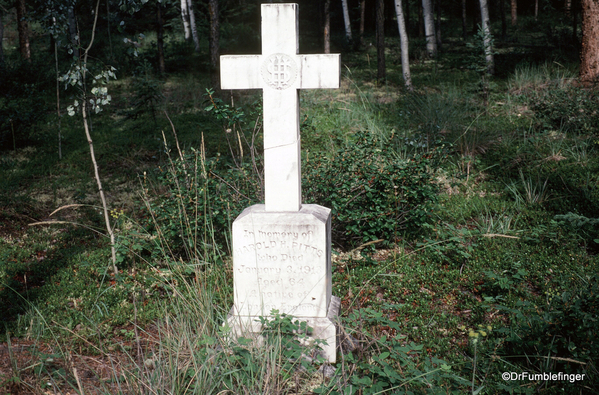
There is also an interesting cemetery near the river, typical of the era. Fences around graves represent an attempt to keep the wilderness away from the civilized person buried here -- probably a Caucasian.

There were also spirit homes in the cemetery, probably where the First Nation natives were buried.
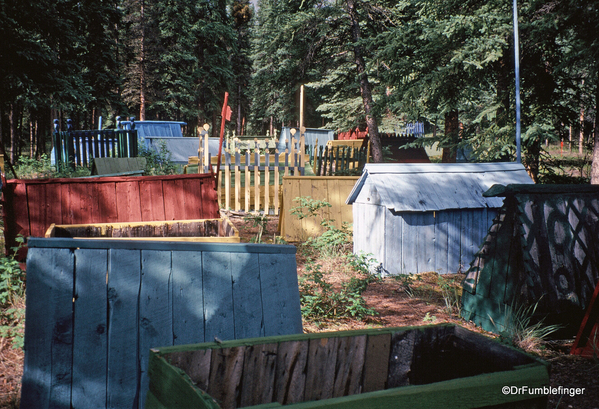
Fort Selkirk is an interesting spot but its remoteness makes visitation difficult.
Soon we were off, enjoying the nice weather and lovely scenery of the wilderness of the Yukon territory.



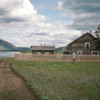


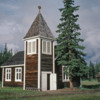
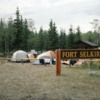

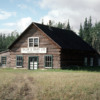
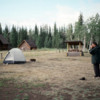

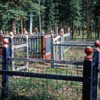
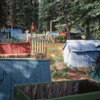
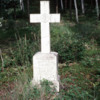
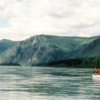
Comments (0)